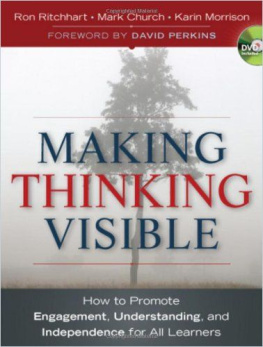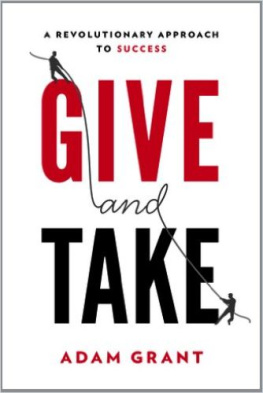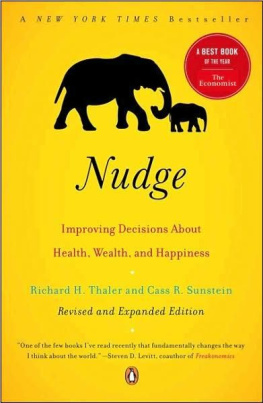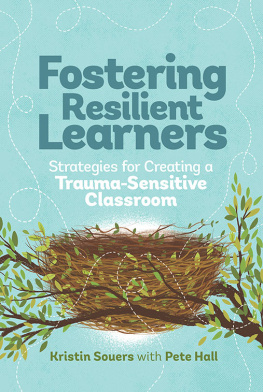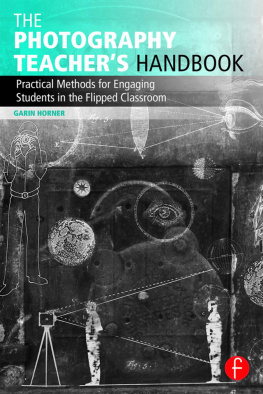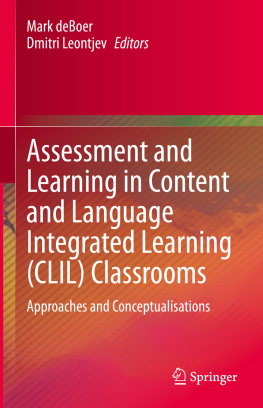Innovative teachers and researchers Ron Ritchhart, Mark Church and Karin Morrison present vibrant teaching examples from real classroom applications. They offer 21 strategies for engaging students and encouraging them to think more creatively and to share their thoughts. These techniques also promote a better understanding of exactly how students think. Teachers will find practical exercises and routines they can use in many situations to elicit discussion, debate, reflection and creative thought. The authors approach also has relevance for educational administrators and for adult educators, who can apply variations of many of the exercises for older learners in the workplace. getAbstract recommends these worthwhile methods to teachers needing proven thought-provoking, class-participation tools.
Summary
Making Thinking Visible
Students can pass tests without understanding the material, but thats not the objective of education. They can listen carefully without learning, but true learning springs from a deeper level of thinking. The pressures of standardized testing, however, emphasize teaching for the test more than teaching for understanding.
We judge teaching effectiveness based on student absorption of material, and teaching becomes defined as the delivery of that material. The education system becomes distorted, being more concerned with producing effective test takers than successful learners.
Teachers should devote class time to considering topics carefully and to discussing ideas. Ask questions that dont have easy answers. Demonstrate curiosity and interest in your students responses and listen carefully to them. Look for and encourage creative, critical, nonlinear thinking. Adjust your use of these tools and techniques to delve into concepts and questions that draw your students thoughts into the open and make thinking visible in your classroom.
We make students thinking visible through our questioning, listening and documenting so that we can build on and extend that thinking on the way to deeper and richer understanding.
Use these techniques for introducing and exploring ideas:
- See-Think-Wonder Show your students a piece of art, a video, an image anything thought provoking and give them time to consider it. Ask what they see or what they think is happening, for example, in the painting and what else might be going on that they didnt consider at first. Encourage them to share any questions they may have about the item. Give them time to examine it, and then ask about their interpretations and why the item caused them to think a certain way or ask certain questions.
- Zoom In Ask students to examine an object or picture such as a complex Escher drawing as you reveal parts of it in stages. Ask students to describe what they see. Reveal sections of the picture slowly, and repeat the process until they see the entire image. Ask students to describe how their initial ideas and thoughts changed as they discovered more about the image. Make sure that you choose images and objects that arent obvious too soon so that students discover how their thinking adapts as they receive more data.
- Think-Puzzle-Explore Help students connect their prior knowledge with new learning by exploring what they think they already know about a topic such as a math problem, a political issue or the concept of time. Explore what they dont know and any questions they have. Prompt the class to come up with ways they could find answers to their questions, for example, through research, interviews, experiments, and the like. Ask each student to share his or her ideas with the rest of the class. Ask what they think they know as opposed to asking, what do you know? so students feel safe in being wrong.
- Chalk Talk This gives reticent students a chance to think quietly and record their ideas on paper without attaching their names to their work. Write a provocative question (one teacher had her class discuss space exploration) on the board. Have students consider the question in small groups and post their answers on a board. Ask them to move through the other groups boards, building on their ideas and connecting them to their own. Have each group return to its own board to discuss the common themes, issues and reactions. Set time limits for each stage to avoid distraction.
- 3-2-1 Bridge Gauge what students already know by choosing a topic your students are likely to already have heard something about. Ask them to record three words that come to their mind right away and then to write down two questions that occur to them about the topic. Have them write a metaphor or simile. At this stage, introduce more material about the topic, perhaps examples or a video tutorial. Repeat the 3-2-1 steps using the new information. Finally, bridge the experience by asking students to consider their 3-2-1 responses from before and after they learned the new material. Discuss what they learned.
- Compass Points Use the points of a compass east, west, north and south to engage students in discussions about what excites them about a subject, what worries them, what extra information they need and their suggestions. This helps students think critically about issues, such as whether the school should eliminate its rules on appropriate dress or what a novel is saying (one teacher used it to delve into John Steinbecks Of Mice and Men). Write the compass points on a board. Describe the topic and let students ask questions. Tell them to post what excites them on the E, what their worries are on the W, their needs for more information on the N, and their ideas and suggestions on the S. Finally, discuss ideas, questions and commonalities posted at each of the four compass points.
- The Explanation Game Choose an object or picture for students to ponder. Ask them to describe and explain it in detail what it might be, what it might do, and so on. Ask why they came to their conclusions, and discuss different explanations. For example, display pictures of science phenomena, historical events, geographical themes or mathematical models. Ask students to team up and walk around, looking at each item. Ask them to take notes on what they see, what or who it is, where it is, and whats happening. Have them share their explanations and discuss each teams ideas.

